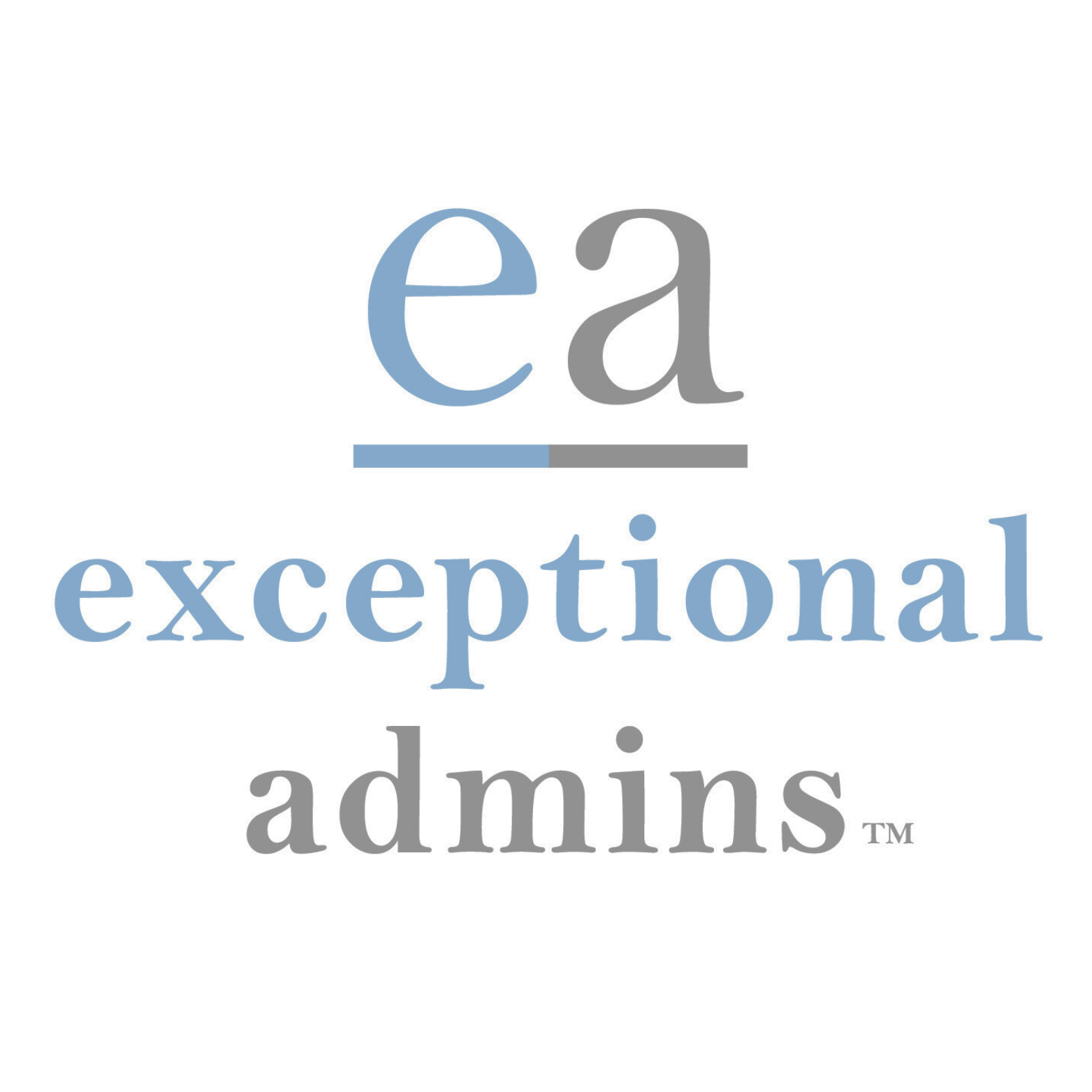The Growing Popularity of Executive Assistants Using ChatGPT and Other AI Tools (Free Guide)
What is ChatGPT?
ChatGPT is a language model developed by OpenAI. It is part of the GPT (Generative Pre-trained Transformer) family of models, specifically based on the GPT-3.5 architecture. GPT models are designed to generate human-like text based on the input they receive.
ChatGPT is trained on a vast amount of text data from the internet and is capable of understanding and generating coherent responses in natural language. It has been trained to perform various language-related tasks, such as answering questions, providing explanations, engaging in conversations, and generating text based on prompts.
The training process involves predicting the next word in a sentence, given the preceding context. By learning from large amounts of data, ChatGPT develops an understanding of grammar, context, and semantic relationships between words.
It is worth noting that ChatGPT is a language model and does not possess true understanding or consciousness. It generates responses based on patterns it has learned from training data, but it may not always provide accurate or contextually appropriate answers. Its responses are determined by statistical patterns and may occasionally produce nonsensical or biased outputs.
OpenAI has made efforts to mitigate harmful or inappropriate outputs through a moderation system and a code of conduct. However, it is important to use ChatGPT critically and verify the information it provides when necessary.
How can Executive Assistants use ChatGPT?
Executive assistants can benefit from using ChatGPT in several ways. Here are a few, among many, examples:
Research and Information Gathering: Executive assistants often need to gather information and conduct research on various topics. ChatGPT can assist in finding relevant data, summarizing articles or reports, and providing insights to support decision-making.
Document Preparation and Editing: Executive assistants are responsible for creating and editing documents such as presentations, reports, and memos. ChatGPT can assist in drafting, proofreading, and formatting documents, ensuring a professional and polished result.
Task and Project Management: ChatGPT can help executive assistants stay organized and manage tasks and projects more effectively. It can provide reminders, track deadlines, and assist in coordinating activities across different teams or departments.
Decision Support: Executive assistants often collaborate closely with their executives in making important decisions. ChatGPT can provide insights, conduct data analysis, and offer alternative perspectives to support the decision-making process.
Meeting Preparation and Note-Taking: ChatGPT can help executive assistants prepare for meetings by gathering relevant information, creating meeting agendas, and generating pre-meeting briefs. During meetings, it can assist in taking notes and summarizing key points.
How does ChatGPT help you thrive in your role?
Quick Information Retrieval: Instead of manually searching for information, you can ask ChatGPT questions and receive immediate answers. This can be particularly helpful when looking up facts, definitions, or specific details, saving you the time and effort of conducting extensive research.
Drafting Assistance: Writing emails, reports, or other documents can be time-consuming. ChatGPT can help by providing suggestions, generating outlines, or even drafting sections of text. This assistance can significantly speed up the writing process and improve efficiency.
Decision Support: When faced with complex decisions, ChatGPT can provide insights, alternative perspectives, or data analysis to support the decision-making process. This can save time by streamlining the information gathering and analysis phase. (Be cautious of sharing personal information with the tool.)
Learning and Knowledge Acquisition: ChatGPT can quickly provide explanations, definitions, or summaries on various topics. Instead of spending time reading through lengthy articles or books, you can receive concise information from ChatGPT, accelerating your learning process.
Check your writing: Use the tool to double check your writing for both grammar and punctuation.
Lastly, it’s very important to mention, the AI partner is a tool to support you, not a replacement for human interaction. Balance the use of AI with maintaining meaningful connections with colleagues, clients, and stakeholders. The human touch of an assistant is still very instrumental to executive and organizations.
All of the above was generated via ChatGPT with some alterations applied.
Launch Pad:
Take in the below conversation to hear how to begin your journey using AI tools. (Remember, if you use Teams, Slack or a project management tool, you’re already using an AI tool.)
Consider using the Magic Doc in Canva feature to see the advantage with using an AI generative tool when crafting documents.
Talk to your organization about using it and learn of any technology protections.
In the conversation below, guest Jessica McBride from Tech Savvy Assistant talks with Hilani about how to get started and how to use AI as your thought partner to your advantage.
Top players with conversational generative ai tools:
Anthropic ai: Claude ‘ethical ai’
Quora: Poe
Open ai: ChatGPT
Google: Bard
EA Buddy: Tech Savvy Assistant proudly partners for modern office management and scheduling as well as Circleback.AI for automated meeting transcriptions and agenda.
AI Exchange Newsletter
Connect with Jessica McBride:
LinkedIn
The Tech Savvy Assistant Website
ChatGPT Guide
This 12-page guide provides you:
1) Advantages and cautions
2) Case studies
3) Explains how the tool works
4) Safe, suggested prompts on how to use so you can elevate your workflow
5) And more…



